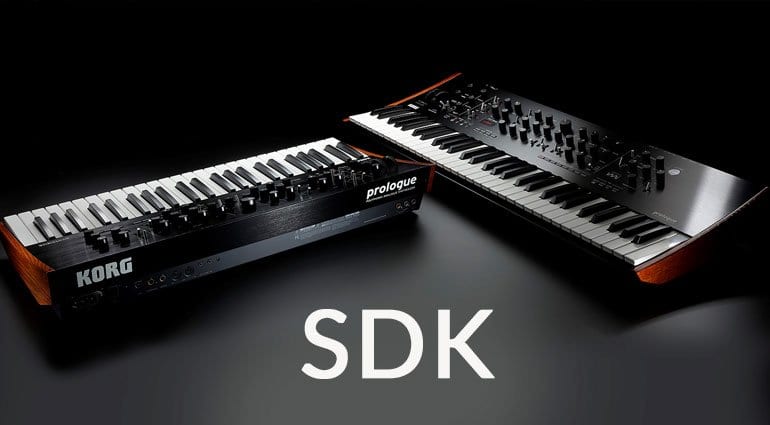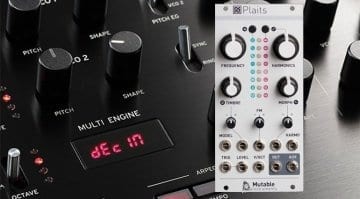NAMM 2018: Korg to release SDK developer kit for Prologue
Korg’s NAMM thunder was stolen a bit by the leaks that occurred in the run-up to the show. The Prologue is probably the most exciting thing at the show but somehow it feels like old news. But something else has emerged that should bring it back into focus. Korg is releasing a software developer kit (SDK) and dedicated development tools for the Prologue.
Korg Prologue SDK
This means that anyone with a bit of interest in synths and software programming could create custom oscillators for the Multi Engine. They could come up with custom modulation effects and combine them with existing ones. All of this customisation could be uploaded to their Prologue via the librarian application.
The Prologue’s Multi Engine has 16 user slots for custom oscillators. These digital oscillators can exist alongside the VCOs of each voice and processed through the same signal path. The Shape knob can be used to control parameters and others can be revealed via the program edit menu.
In the effects section, there are 16 user slots for custom modulation effects. They would appear alongside the existing ones and be control by the same controls.
It all starts with Waves, the preloaded digital oscillator. It contains two wavetable oscillators and a sub-wave. The source code will be made available as a template for creating your own unique oscillators.
This could get very interesting indeed. The SDK and editor librarian should all be available in the spring.
More information
- Korg Prologue SDK page.
Video
You are currently viewing a placeholder content from YouTube. To access the actual content, click the button below. Please note that doing so will share data with third-party providers.
One response to “NAMM 2018: Korg to release SDK developer kit for Prologue”









API first! That’s the way to do it!